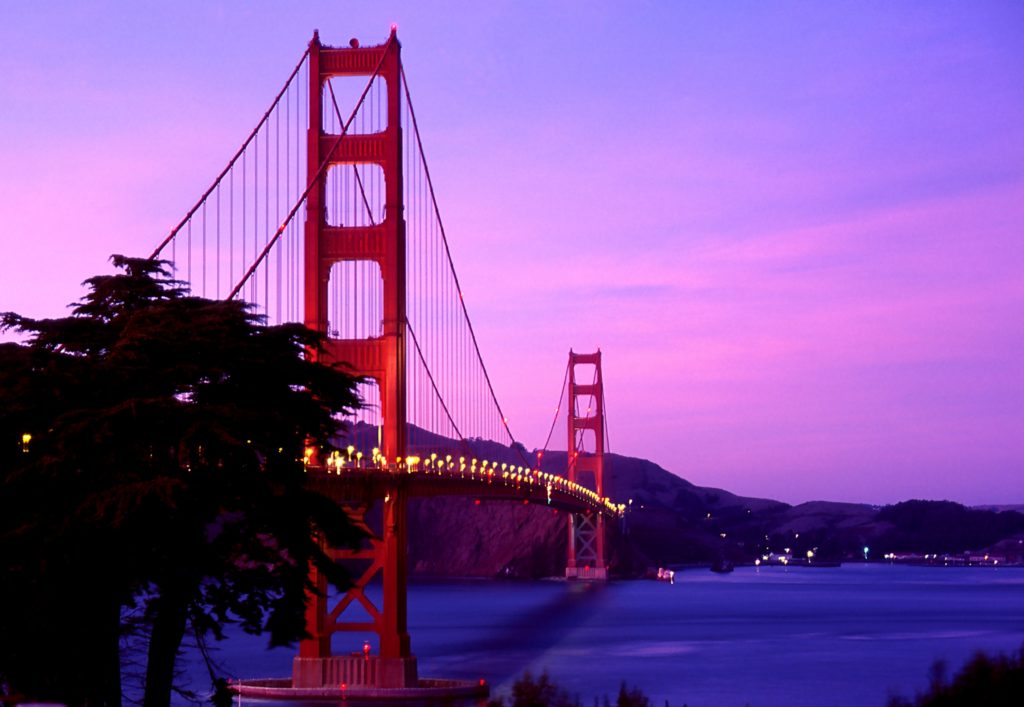
San Francisco—that iconic City by the Bay—is not only one of the nation’s top “eye-candy” destinations, but it’s also chock full of history, interesting bits and pieces, and “bet-you-didn’t-know-thats.” Here are a few to keep in mind the next time you head out to the west coast.
- The city is home to the yearly Chronicle Wine Competition (February)—the biggest competition of American wines in the world. After the winners are announced, they offer a public tasting for people to sample those and others as well.
- San Francisco only has two cemeteries: the law prohibits people from burying their dead within the city limits, so most of the city’s deceased citizens are actually “at rest” in Colma.
- The Golden Gate Bridge is not red, it’s orange: more specifically, International Orange. It was originally the primer used to protect the steel during transit, but the architect loved it so much they kept it as the official color.
- Hungry? San Francisco has more three-Michelin-star restaurants than New York City.
- San Francisco’s own Makoto Hagiwara invented that fortune cookie that comes with your takeout. He first served it in his tea garden in the late 1890s.
- There are over 2,500 National Historic Landmarks in the USA—and San Fran’s cable cars are the only ones that move.
- Maiden Lane might be one of the most expensive shopping streets in San Francisco, but in its previous life it was called Morton Street and was a two-block stretch with shacks that housed the city’s prostitutes (about 1,000 of them!)
- The bear on the California state flag was modeled after Monarch, a wild grizzly that was captured and lived in the Golden Gate Park zoo. He was euthanized due to old age in 1911 and was one of the last wild grizzly bears in the state.
- The San Francisco Airport is supported by 267 columns, each resting on a steel bearing ball with a diameter of 5 feet. Each ball sits on a concave foundation, permitting the columns to roll up to 20 inches in any direction when an earthquake hits. This effectively separates the building from the movement of the ground. After the shaking stops, the columns re-center themselves using gravity.
- A large portion of the city is built on the discarded hulks of about 60 mid-19th-century ships that were once used as hostels, hotels, and storage. The latest discovery was in 1994 when they were excavating a tunnel for the light rail: the ship they found was so large they literally tunneled right through it!
Please follow and like us:







